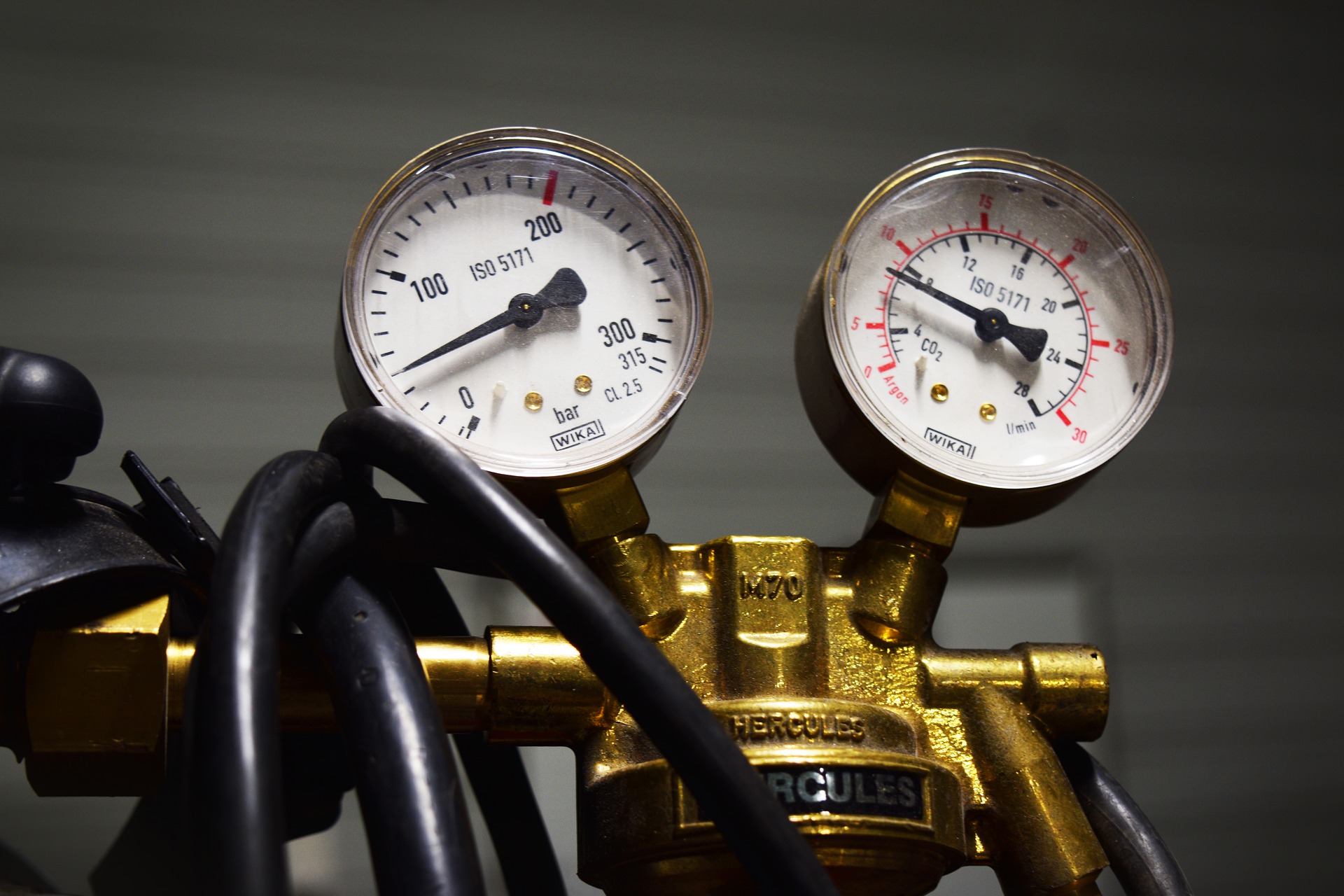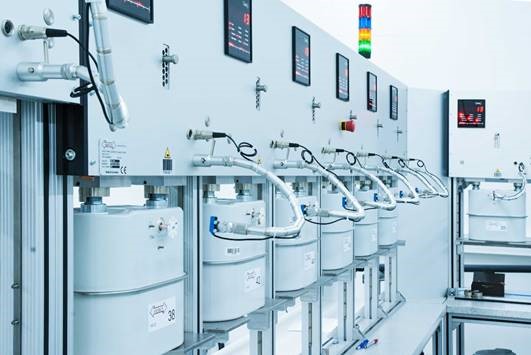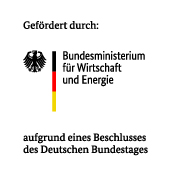
Diagnosis of gas test stands
Self-diagnosis and self-optimisation of gas meter test stands
Development of tolerance models to support diagnosis and automatic calibration of gas meter test stands

Project goal
The aim of the project was to develop and implement procedures with which the accuracy of gas test stands can be increased making use of statistical approaches and with which, in combination with redundant equipment, self-diagnosis and self-calibration can be carried out.
For this purpose, Karlsruhe University of Applied Sciences (HKA) created statistical simulation models and designed the required procedures based on simulation results. The company Inotech implemented the procedures in the test stand software and evaluated the results together with HKA.
Methods
In the development of tolerance models, the dimensional chains of the test stands were analysed and an analytical tolerance calculation with propagation of uncertainty was performed.
The project team compared the results with statistical statistical tolerance simulations for existing test stands and corresponding experimental results. The project team took care to guarantee that the calculation was carried out in accordance with PTB guidelines.
In order to check the plausibility of the measured values, a procedure was developed in which a signal sequence is recorded and evaluated instead of individual measured values. Before further processing, it is checked whether there are outliers in the individual measurement results and whether the signal sequence shows a trend. For the detection of pulsating air mass flows, an oscillation analysis is carried out via a Fast-Fourier-Transformation.
In order to check the plausibility of the measurement result, it was also investigated which standards can be usefully integrated into the test stand and how well the test stand tolerance can be monitored as a result. A comparison of different standards showed that laminar flow elements are best suited for a comparison of the measured values. Operating points were identified that are best suited for checking the measured values.
The measures listed were combined in a procedure called the diagnostic handler, which evaluates the functionality and accuracy of the test stand at three different levels:
The algorithms for the different methods have been developed, implemented and tested. Inotech is currently developing application guidelines that will allow developers to select the correct statistical test methods and parameterise them based on measurements.
Inotech applied and investigated the diagnostic handler on a test bench. The results and conclusions were incorporated into a new generation of test stands, which are currently being developed, built and tested.
Status
Completed project 8/2016 — 05/2018
